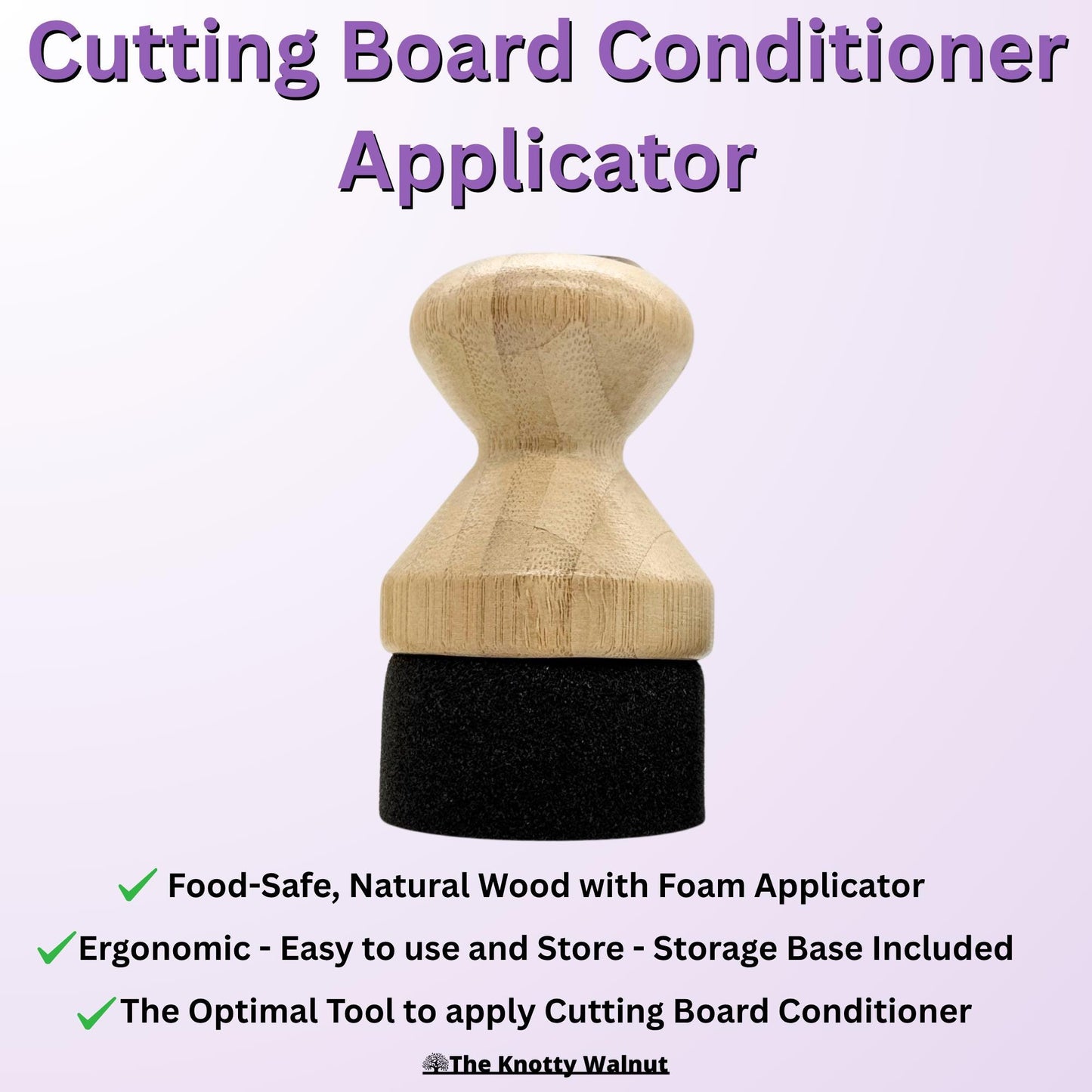Cutting Board Care
Cutting Board Care: Keep Your Board Beautiful, Flat, and Long-Lasting
A well-made wooden cutting board is more than just a kitchen tool — it’s a workhorse, a prep surface, and often a centerpiece. With the right care, it can last for years and even get better with age. Here’s everything you need to know to keep your board in top shape.
🧼 Washing: Gentle Is Best
- Hand wash only. Never put a wooden board in the dishwasher — the heat and water exposure can cause warping, cracking, and glue failure.
- Use mild soap and warm water. Scrub with a soft sponge or brush, rinse thoroughly, and dry immediately.
- Avoid soaking. Prolonged exposure to water can cause swelling and splitting.
🌬️ Drying: Even and Upright
- Dry both sides evenly. Lay the board on its edge or prop it upright so air can circulate around both faces.
- Don’t leave it flat on the counter. Moisture trapped underneath can lead to uneven drying and warping.
🪵 Oiling: Nourish the Wood
-
Use food-safe mineral oil or conditioner. Apply generously and let it soak in overnight, then wipe off excess.
- Condition regularly. Once a month is a good rule of thumb, or whenever the board looks dry or feels rough.
- Optional boost: Use a board cream or wax (often a mix of beeswax and mineral oil) for added water resistance.
- Best of Conditioner for Optimal Care: We recommend using The Knotty Walnut's Natural Mineral Oil + Wax Cutting Board Conditioner available here
🌀 Warping: Why It Happens and What to Do
Wood naturally expands and contracts with changes in moisture and temperature. If one side of the board dries faster than the other, it can bend or “cup.” This is normal — especially in environments with seasonal humidity shifts.
✅ How to Prevent Warping
- Wash and dry both sides evenly.
- Store upright or on edge.
- Keep away from heat sources (like stovetops or sunny windows).
- Maintain regular oiling to help balance moisture absorption.
🛠️ How to Fix Minor Warping
- Rehydrate and flatten: Place the concave side down on a damp towel, then weigh the board with heavy objects. Let it sit for 24–48 hours.
- Controlled moisture: Lightly mist the dry side and allow the board to rest in a cool, shaded area.
- Stabilize with rubber feet: If the board rocks slightly, adding feet can restore stability without altering the board itself.
🧽 Deep Cleaning and Deodorizing
- Salt and lemon: Sprinkle coarse salt and scrub with half a lemon to remove odors and stains.
- Baking soda paste: Mix with water and apply to stubborn spots, then rinse thoroughly.
- White vinegar: A light wipe-down can help sanitize, but don’t soak the board.
🚫 What to Avoid
- Dishwashers
- Bleach or harsh chemicals
- Prolonged soaking
- Storing flat while wet
- Extreme heat or direct sunlight
🧡 Final Tips
- Rotate use between both sides if your board is reversible.
- Use separate boards for meats and produce to avoid cross-contamination.
- If your board develops deep grooves, consider sanding and refinishing to restore a smooth surface.
With a little care, your cutting board will stay flat, clean, and beautiful — ready for everything from weeknight chopping to holiday feasts.
You Might Like
Cutting Board Conditioner and Applicator






